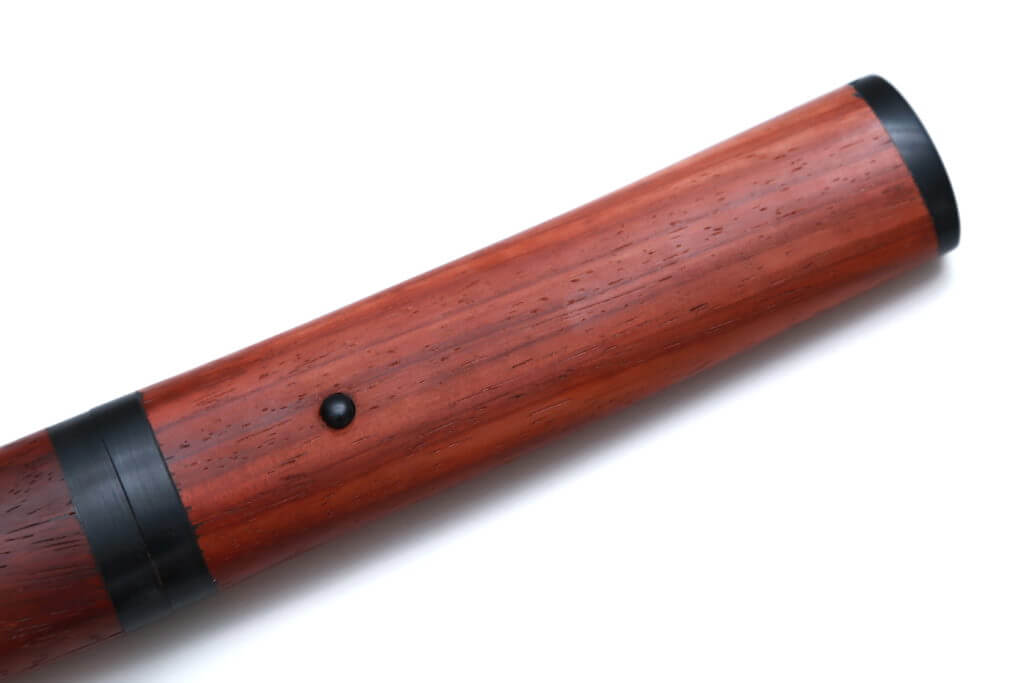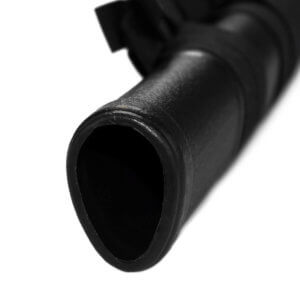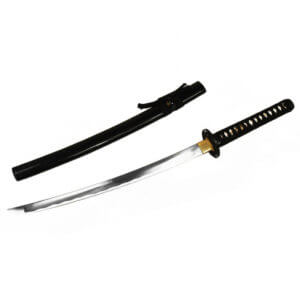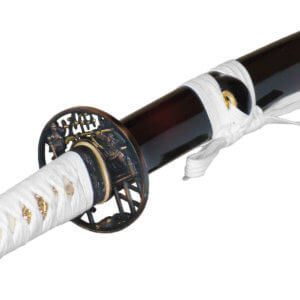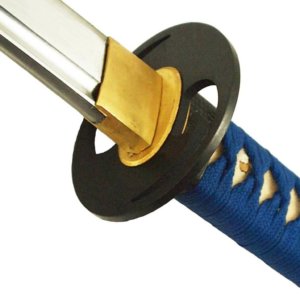Explanation of terms
Mekugi have the task of ensuring the grip between the blade and the handle. A hole (Mekugi Ana) is provided in the handle and also in the tang of the blade. The pin is usually made of bamboo, wood, horn or metal.
Functionality
The handle is placed over the tang of the blade. The pre-drilled holes in the handle and tang then create a continuous hole from one side of the handle to the other.
The pins are inserted into these holes to hold the blade in place.
Meaning of the Mekugi
They are an inconspicuous detail, but their importance is enormous! They provide a stable connection between the blade and the handle and are one of the most obvious details to distinguish a real sword from decorative swords, as in this one Contribution is explained.
Development
Originally they consisted of 2 elements each. One "negative" and one "positive" side, which were inserted into each other through the handle and thus fixed the blade tang. The heads of each side of these mekugi were larger than the actual pins. The heads of these pens became larger and larger and these heads developed into the Menukiwhich are an important decorative element of the sword hilt.
There is a continuation of this old model in which a pin is attached to the back of one menuki, which goes through the entire handle and is plugged into the second menuki on the other side. These elements are then effectively menuki and mekugi in one.
However, this is more likely to be the case with Tanto and Same Tsuka made.
Over time, it has become more common to use tapered mekugi and only 1 pin per hole.

